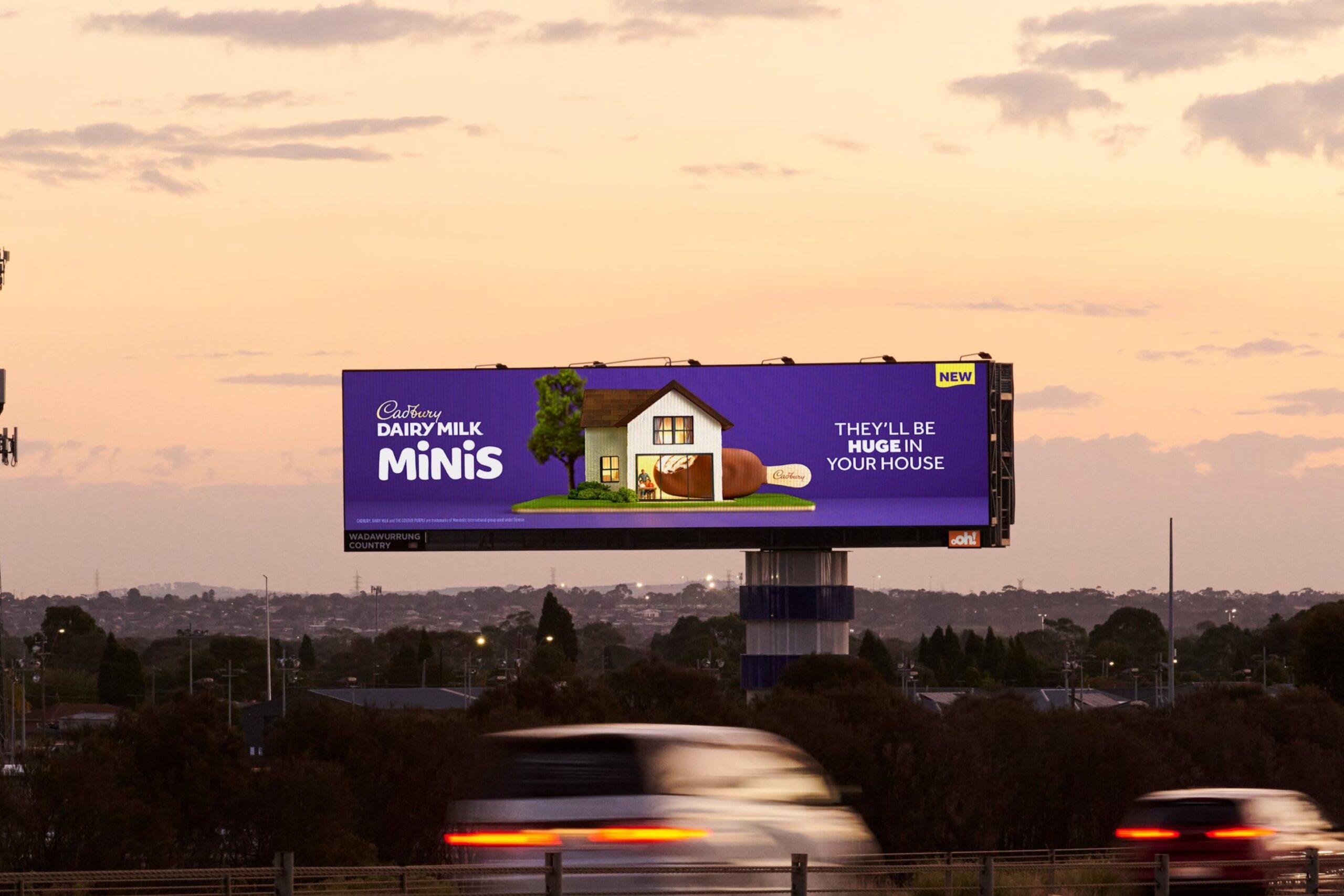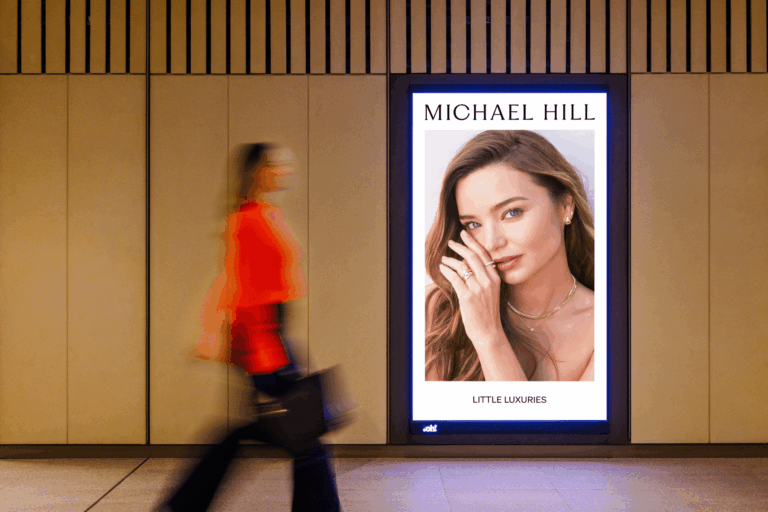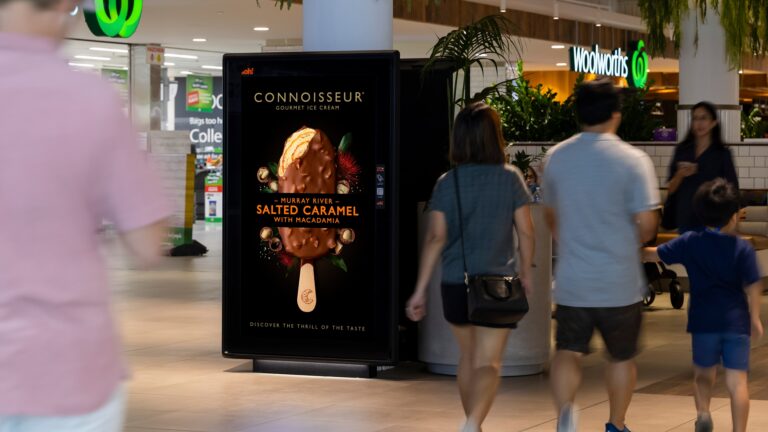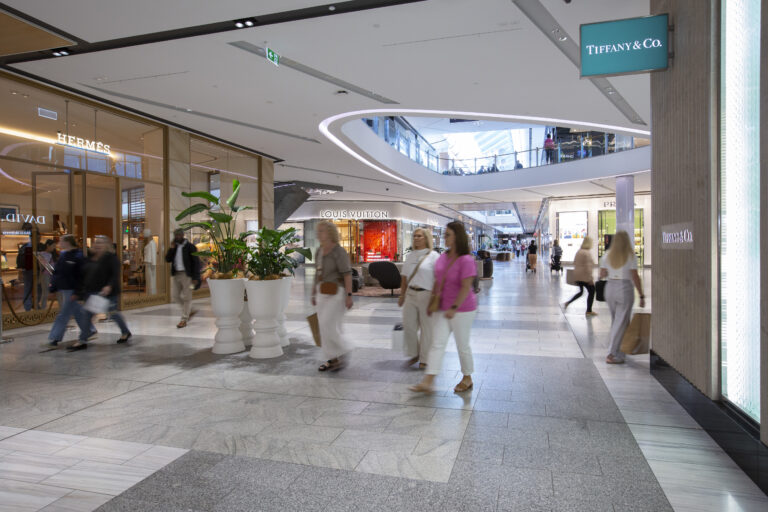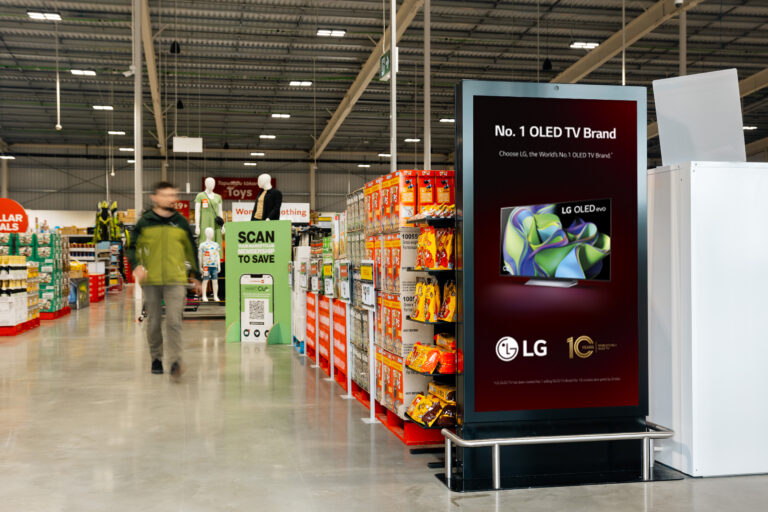As originally published via AdNews.
There’s something profound that occurs when an OOH nerd makes the pilgrimage to worship at the holiest of outdoor advertising landmarks – NYC’s Times Square. An affirmation of addiction. A reassurance that you are not a complete outlier in your obsession. For what is most impactful about visiting this sacred site is not the space, nor the ads themselves, but the fact that thousands of other people have come there explicitly to see them. It is a vindication that what you and the small global fraternity obsess over each day is meritorious for one simple reason: because it’s f*cking cool.
The enormity of Times Square must be experienced first-hand to be fully understood. To be encased by mammoth classic and full-motion digital billboards at every vantage point might be perceived as overwhelming, if it weren’t so damn impressive. Each site larger than the next, broadcasting brands at a size and scale that immediately screams ‘I’m famous!’. The fact that visitors, on average, spend approximately 81 minutes in that same space is testament to its attraction and novel appeal. Yet, many people have debated the effectiveness for brands actually advertising in Times Square, stating that the sheer volume of OOH touchpoints dilutes a brand’s share of voice to the point where the communication is rendered ineffectual.
But those people are missing the point, for there can be no share-of-voice ‘issue’ when all the voices are there to be heard equally.
Believe it or not, I was once a lawyer (in a very past life). I was also the world’s single worst lawyer. Whilst I have managed to suppress most of the hellish six years I spent slogging through law school and serving as an officer of the Supreme Court of Victoria, there is one concept that has stayed with me, as it squarely relates to my current life of helping brands capture more consumer attention. In criminal law, there are two components that constitute a crime – ‘Actus Reus’ and ‘Mens Rea’ – meaning ‘the act’ and ‘the intention’. To be considered a criminal offence, we must assess both the physical act committed as well as the mindset of the offender. Similarly in advertising, mere ‘reach’ – the act of seeing an ad – is only half the story. The mode and context – in other words, the mindset – in which that ad is being viewed plays a critical role in its effectiveness.
In Dr. Karen Nelson-Field’s seminal text, ‘The Attention Economy: A Category Blueprint’, she proposes a ‘hierarchy of attention’ describing attention as shaped first by the drivers (device, platform, format) and then amplified by context, demographics, and creative execution.
Whilst focused more on digital platforms, this same taxonomy supports the fact that OOH environments like Times Square that are inherently rich in attention (and intention) can improve ad effectiveness by providing high-context, high-engagement experiences, which traditionally outperform low-context media in recall and impact.
Moreover, research conducted with Pinterest showed that passive attention (looking nearby but not directly at an ad), when combined with active attention over an extended period of time, can drive business outcomes further. In such environments where people are fully immersed in the advertising and inherent exposure is sustained over an extended dwell, even this passive attention contributes meaningful ROI.
This is the ‘Times Square effect’. An entire block in midtown Manhattan designed and designated specifically to satiate our distinct desire to view great OOH ads, at a scale and dwell time unrivalled by any other place or platform on the planet. The ads aren’t served during the content, they are the content. The audience are there specifically to consume them, as well as pick up some cheap theatre tickets; their intention to see is directly proportionate to the act of observing.
But here, again, viewability is only part of the story. Whilst hordes of humans migrate to Times Square to marvel at its OOH each day, there can only be a select few messages that will truly stick in their minds, capturing the requisite mental availability to be called upon in the future moments that matter. The actual noticeability of those ads, how memorable they are and how effective they are at drawing the eye and demanding attention, are all critical components behind their true ability to encode.
If you’ve ever seen an oOh!media presentation, then you would know that Analytic Partners market mix modelling research has shown that the strength of a brand’s OOH creative accounts for roughly 41% of the ROI from that OOH investment. There are a range of ways that brands can capture this 41% through the power of creative OOH; in even better news, they are all backed by transactional data.
As part of oOh!’s ‘Creative Outcomes’ study, Coles 360 and Westpac DataX sales outcomes were matched to creative attributes across 200+ OOH campaigns to derive data-led principles on creative best practice. Here are just a few ways I saw brands behaving at Times Square that were in-line with these creative effectiveness principles:
- Pepsi using simultaneous/sequential placements or ‘dominations’ to create a more immersive experience for audiences, reinforcing messaging through multiple touch points.
- Coca Cola using multiple creative iterations across placements to reward audience attention with something new at every engagement, as well as facilitating greater storytelling.
- Stranger Things: The First Shadow using contextually relevant messaging to create greater resonance with the circumstances of consumption
- Levis using full motion creative across digital assets to better attract the eye and bring the brand to life in public spaces.
- Reece’s taking things to the next level by using 3D full motion creative into 3D, adding an extra sweetener to capture more audience attention.
When brands use these techniques in OOH, irrespective of where, they effectively replicate the ‘Times Square effect’ at any location. They invite the audience to take notice, supplanting that ‘intention to see’ in their minds through sheer entertainment, intrigue and real-world unmissability.
Times Square is an entirely unique space, both physically and mentally. It is a global centrepiece, paying overwhelming homage to the fame-building power of billboards. Yet, even in this actively engaged environment, brands are still bound by the same principles that govern great creative to stand out and truly make a splash.
If seeing is believing, then really looking is achieving.

